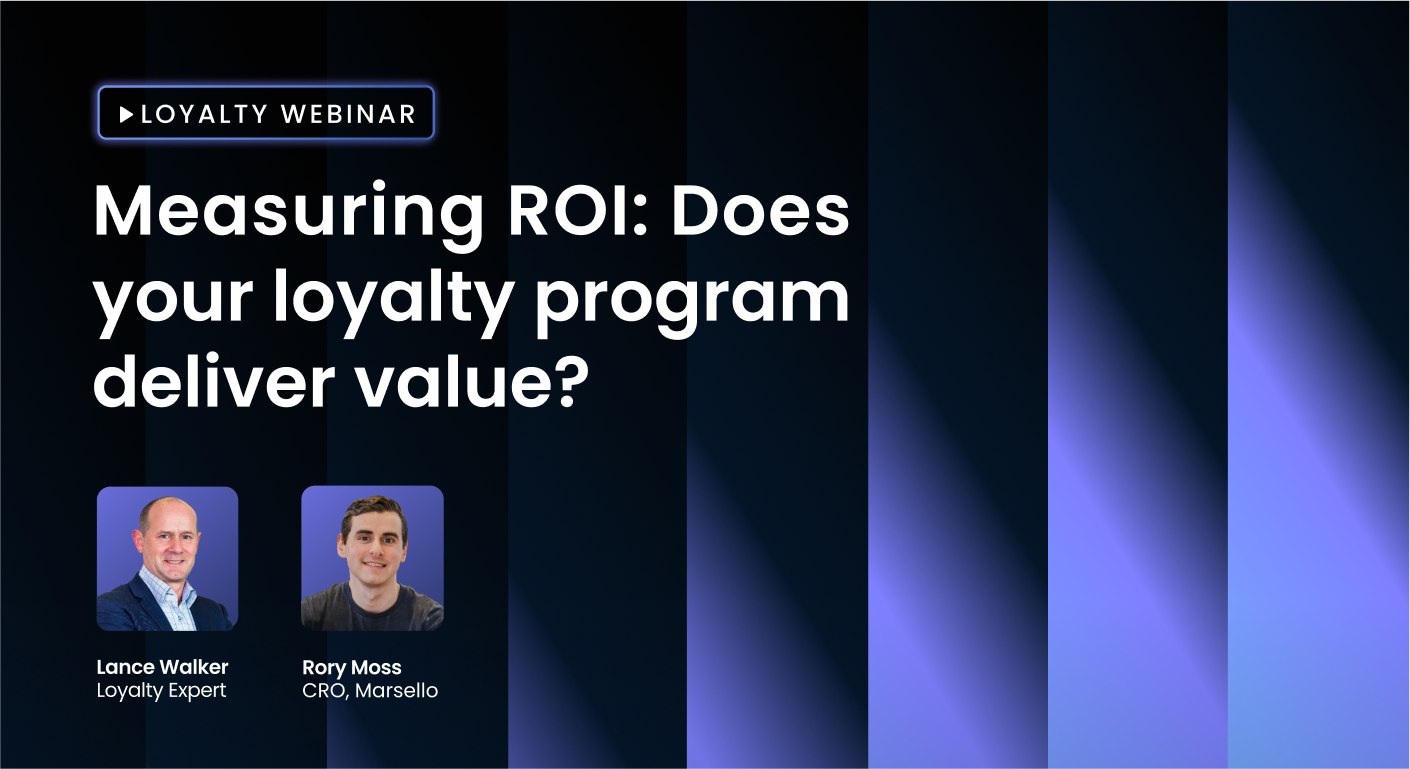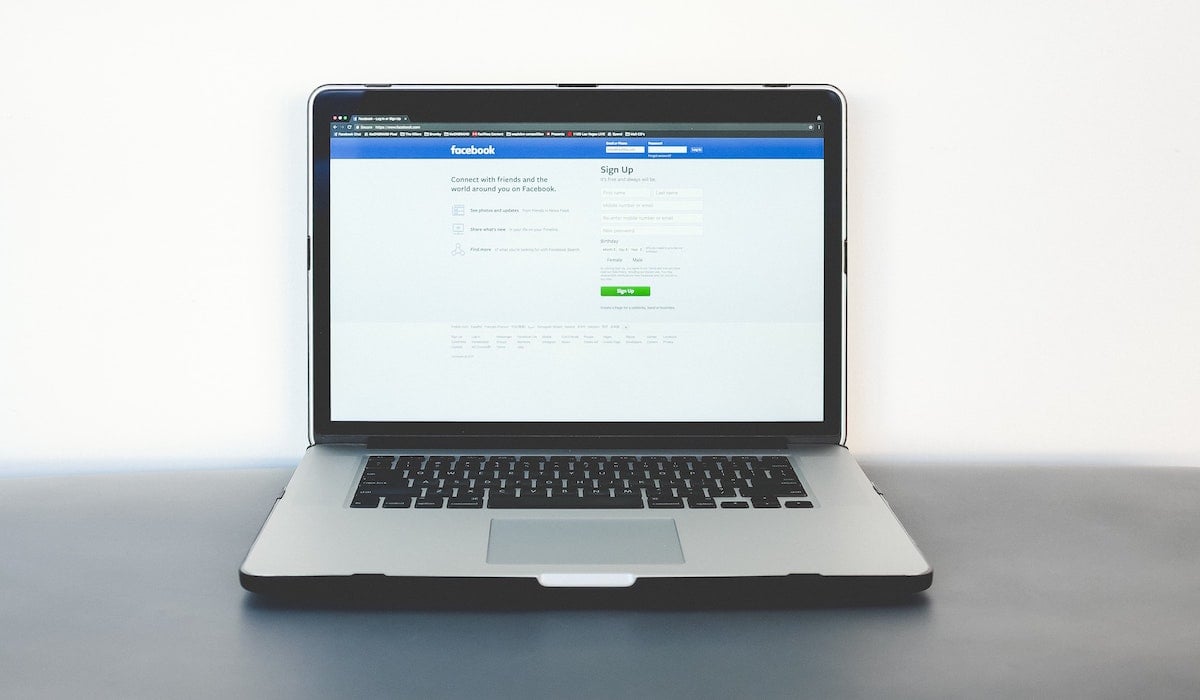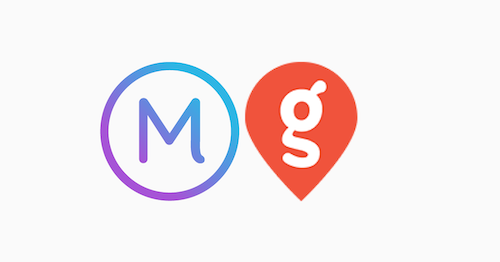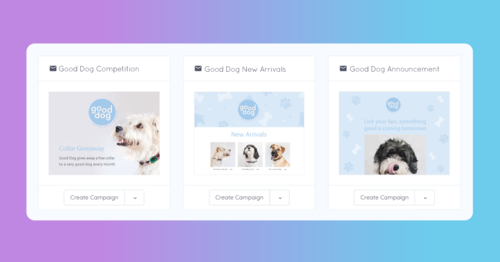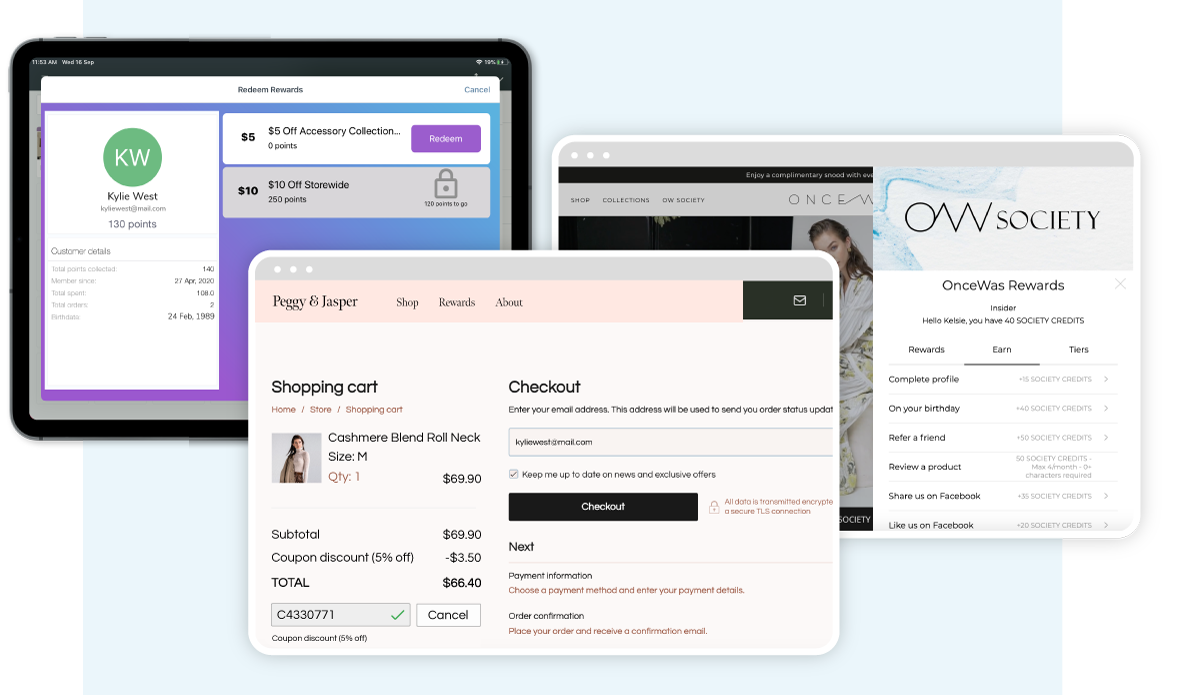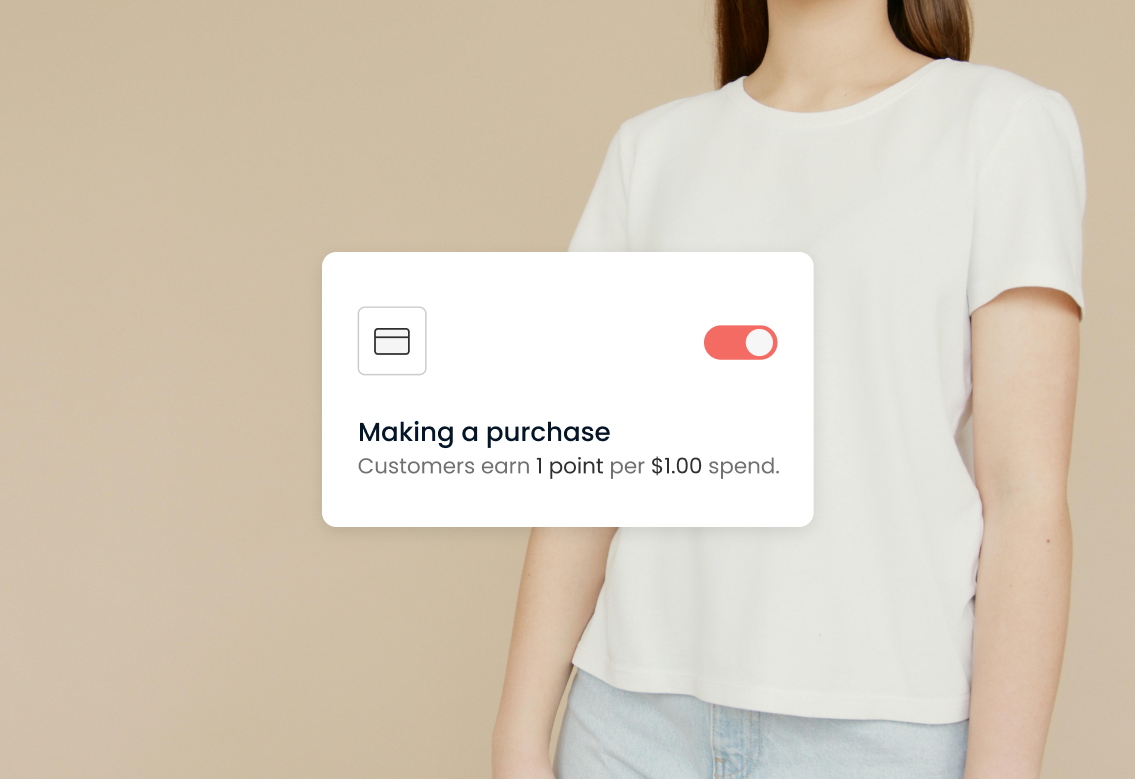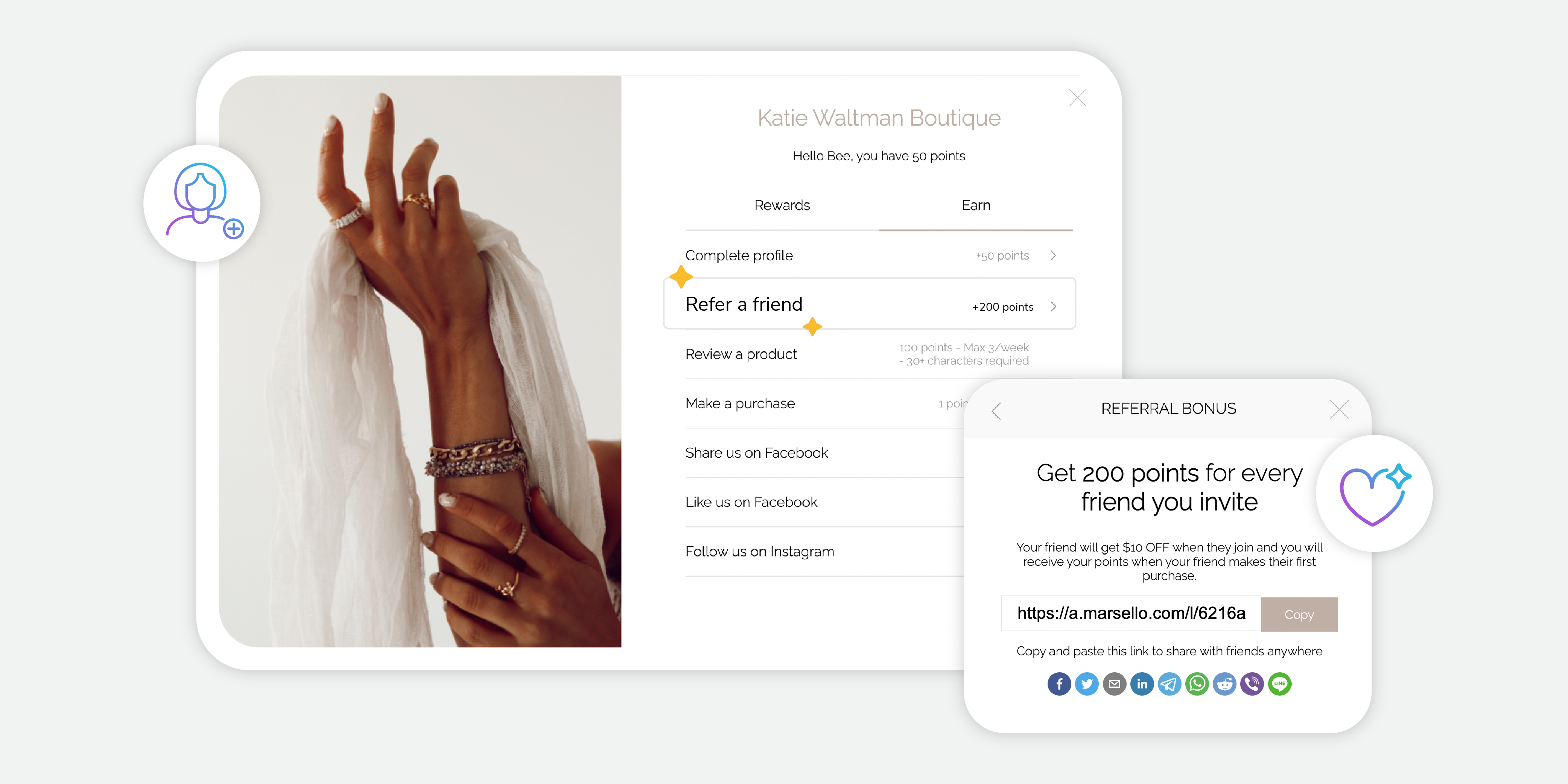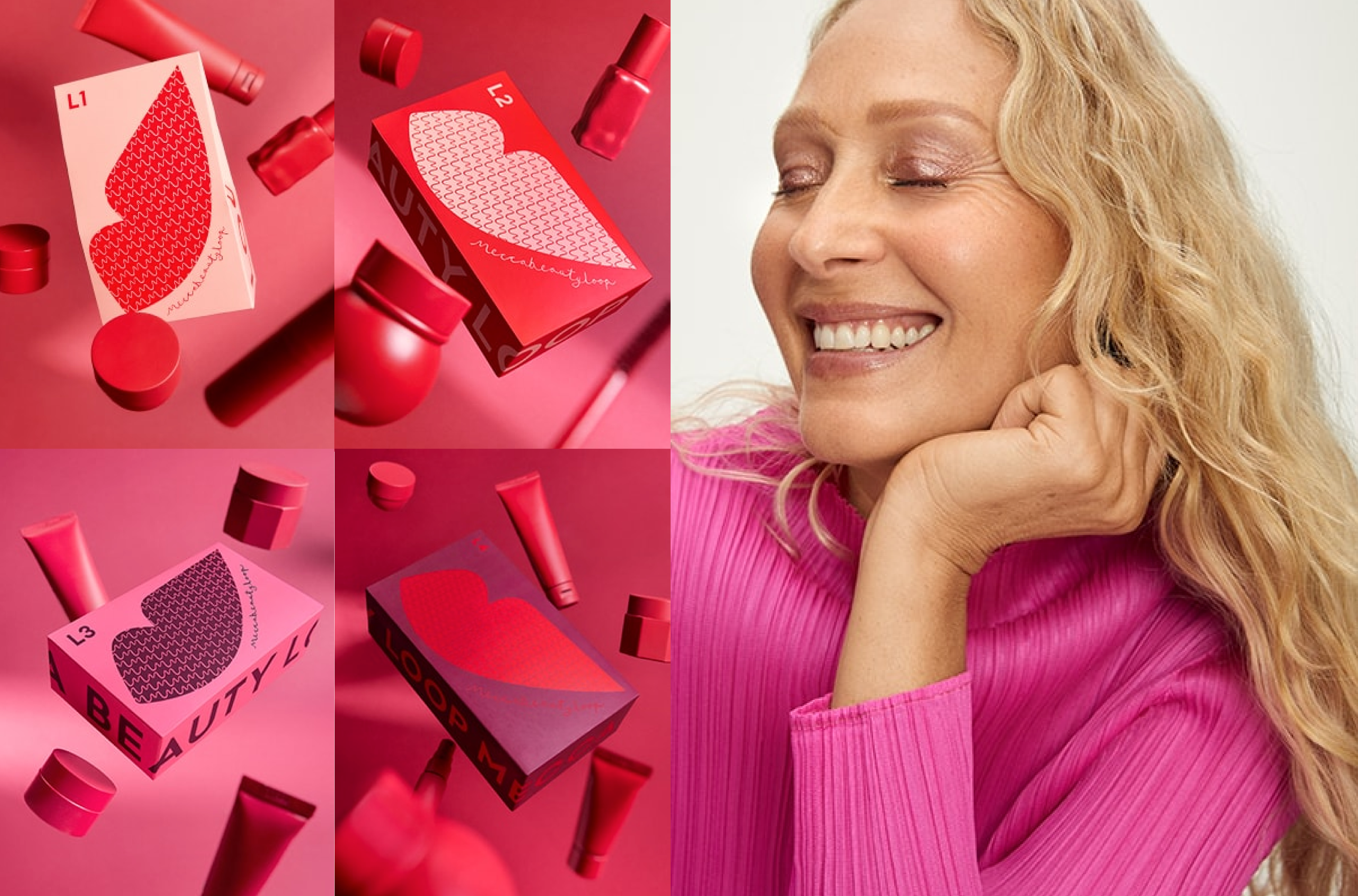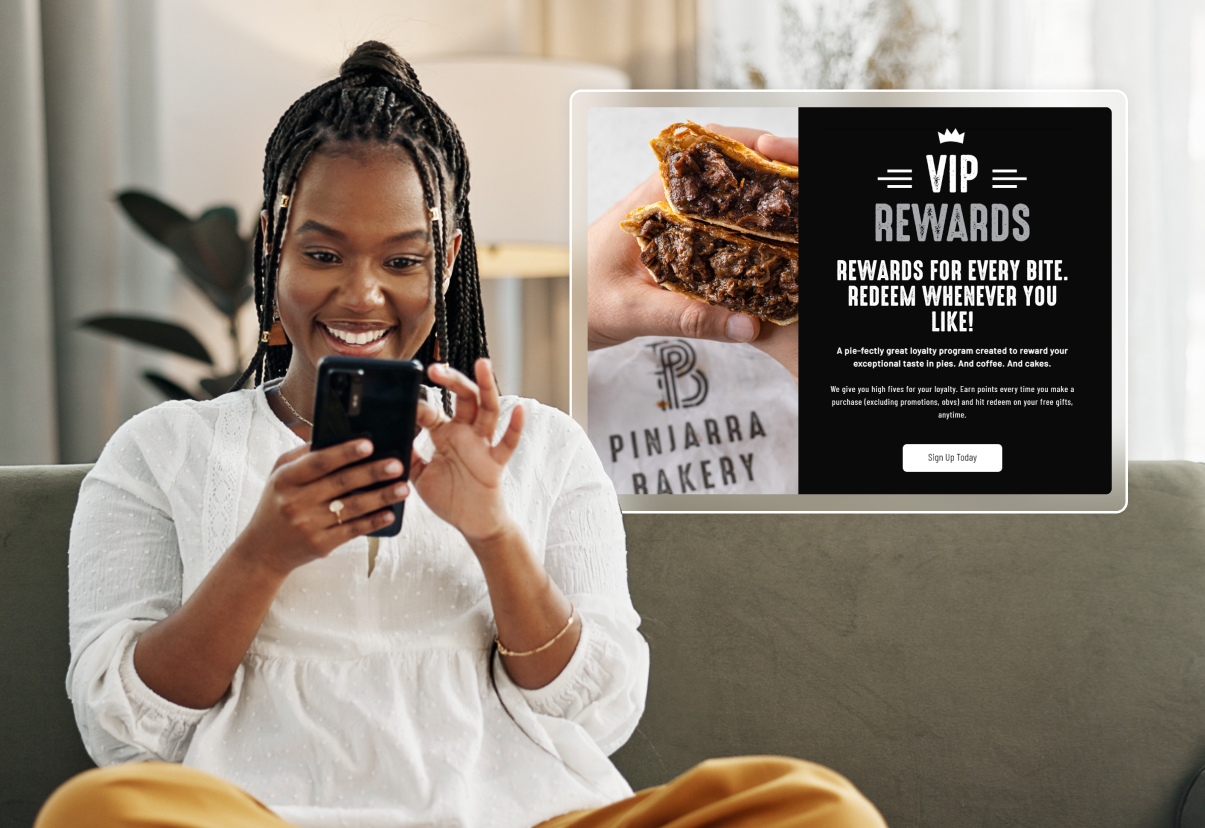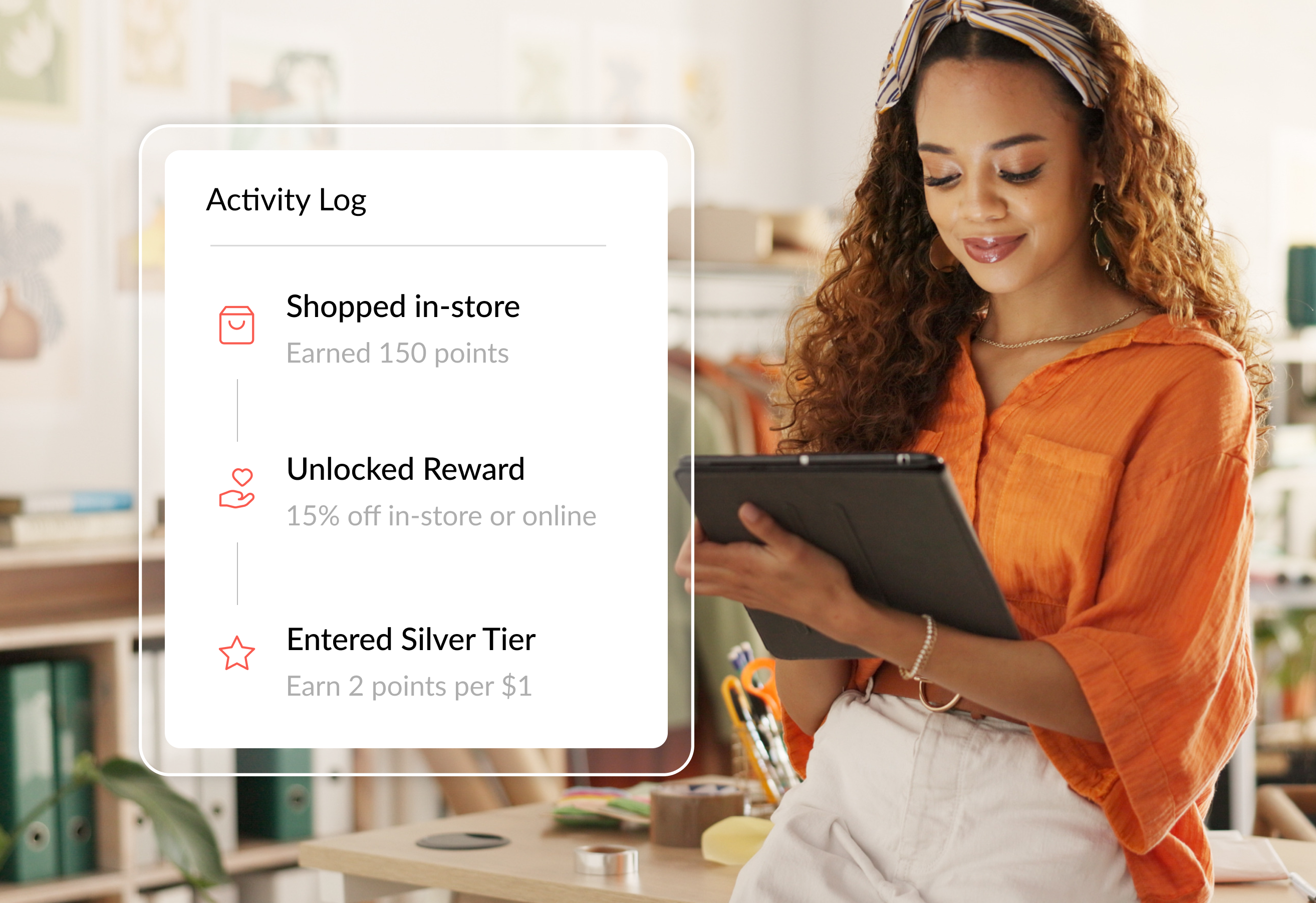Search
-
Features
-
All Features
Everything you need to create, retain and grow loyal customers.
-
Loyalty & Referrals
Create an omnichannel loyalty and referral program.
-
Email & SMS Campaigns
Put your loyalty data to work with Email and SMS Campaigns.
-
Marketing & Automation
Reach customers when it counts with automation.
-
Google Review Manager
Acquire more reviews and build your brand's visibility online.
-
Marsello AI
Unlock the power of your customer data with Marsello AI.
-
- Integrations
- Pricing
-
Resources
-
Success Stories
Find out why the fastest-growing brands choose Marsello.
-
Blog
Read our latest news and articles. Everything you need to grow.
-
Resources
Guides, webinars, demos, and more. Learn about Marsello.
-
Compare
See how Marsello stacks up against the competition.
-
Help Center
Find the answers you need from the help center.
-
- Log in
-
Features
-
All Features
Everything you need to create, retain and grow loyal customers.
-
Loyalty & Referrals
Create an omnichannel loyalty and referral program.
-
Email & SMS Campaigns
Put your loyalty data to work with Email and SMS Campaigns.
-
Marketing & Automation
Reach customers when it counts with automation.
-
Google Review Manager
Acquire more reviews and build your brand's visibility online.
-
Marsello AI
Unlock the power of your customer data with Marsello AI.
-
- Integrations
- Pricing
-
Resources
-
Success Stories
Find out why the fastest-growing brands choose Marsello.
-
Blog
Read our latest news and articles. Everything you need to grow.
-
Resources
Guides, webinars, demos, and more. Learn about Marsello.
-
Compare
See how Marsello stacks up against the competition.
-
Help Center
Find the answers you need from the help center.
-
- Log in

